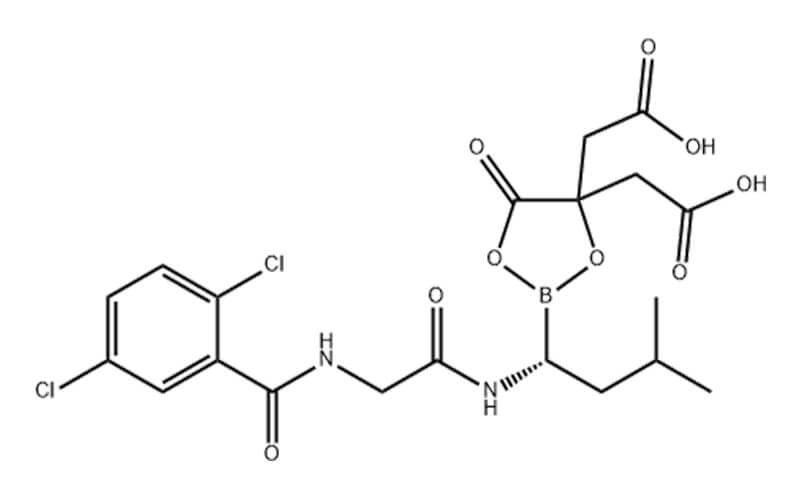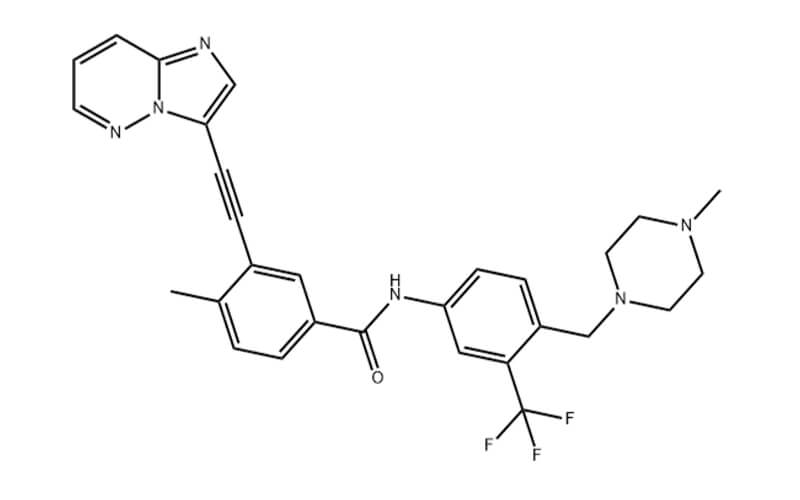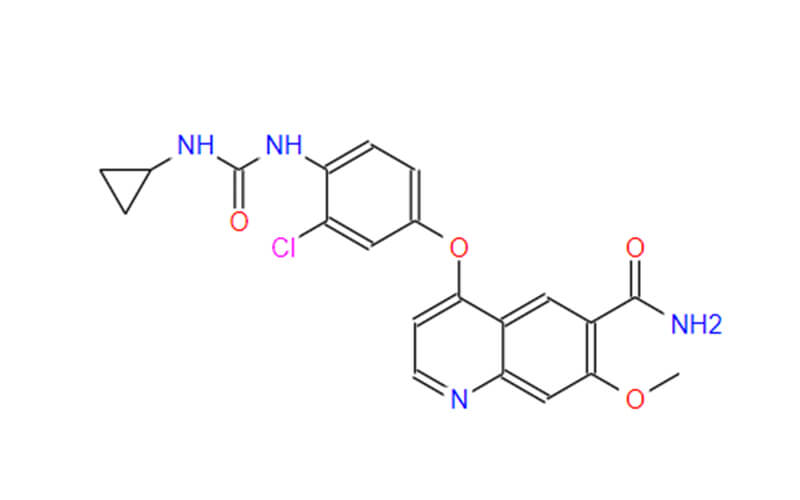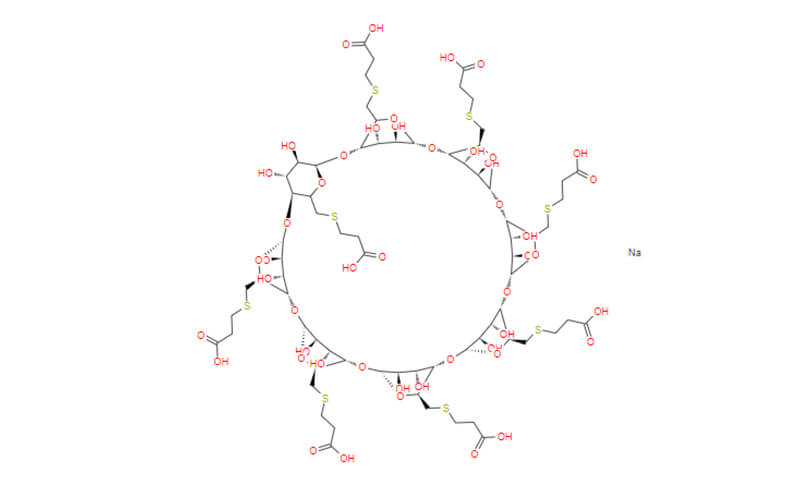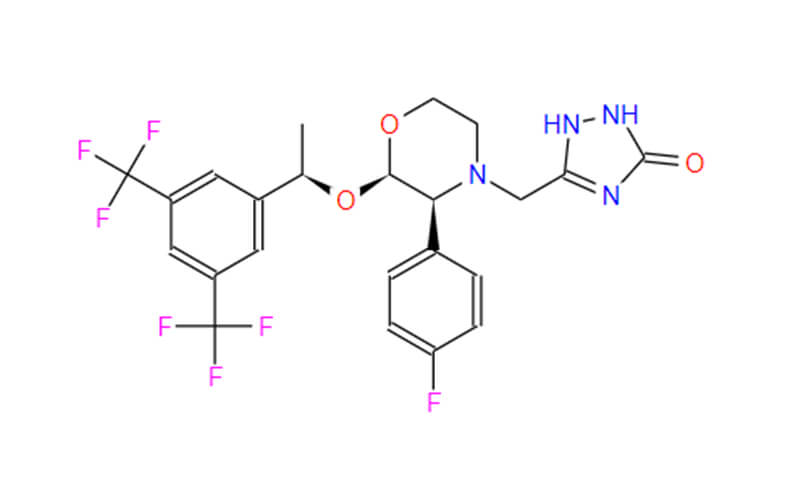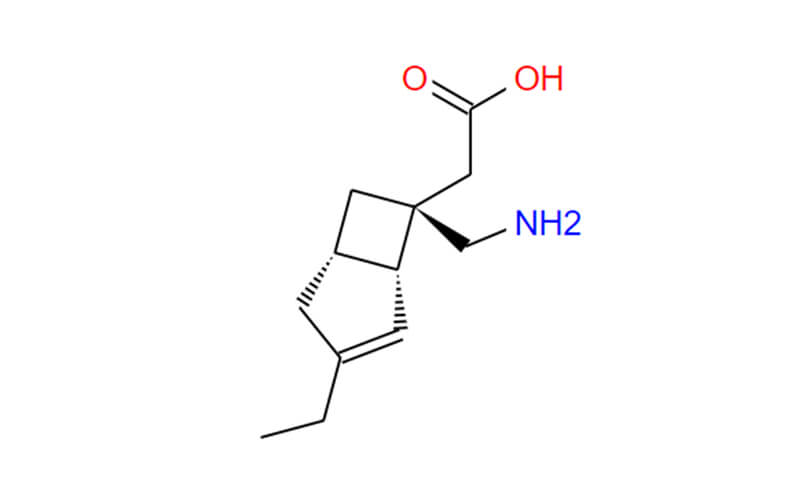Market Overview of Bisoprolol API: A Selective Beta Blocker
Bisoprolol Fumarate, classified as a selective beta-blocker API, is prescribed for conditions such as strokes, heart attacks, and kidney problems. It demonstrates a notable degree of selectivity for β1 receptors, surpassing other selective β1 blocking medications like metoprolol, betaxolol, and atenolol. Furthermore, its efficacy extends to treating arterial hypertension and angina pectoris, enhancing its therapeutic versatility.
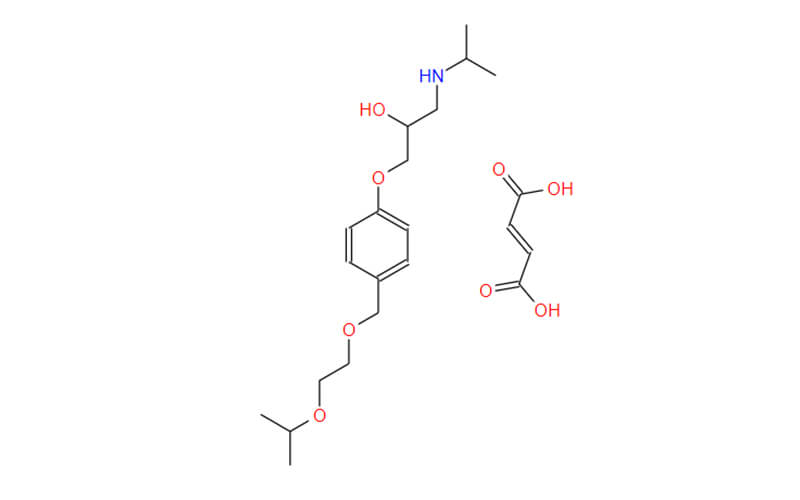
Bisoprolol API Mechanism of Action
Understanding how Bisoprolol works at the molecular level is crucial for appreciating its effectiveness in managing cardiovascular conditions. Here’s a delve into its mechanism of action:
1. Selective Beta-1 Blockade
- Bisoprolol belongs to a class of drugs called beta-blockers, targeting specific receptors in the body called beta-adrenergic receptors.
- There are two main types of beta receptors: beta-1 and beta-2.
- Bisoprolol exhibits high selectivity for beta-1 receptors, primarily located in the heart.
- By selectively blocking these receptors, Bisoprolol exerts its therapeutic effects without significantly impacting beta-2 receptors found in other organs like the lungs, minimizing potential side effects.
2. Downstream Effects on the Heart
- Beta-1 receptor stimulation typically increases heart rate, contractility, and blood pressure.
- By blocking these receptors, Bisoprolol reduces these responses, leading to:
- Decreased heart rate (chronotropy): Slowing down the heart rate allows for better oxygen delivery to the heart muscle, particularly beneficial in angina pectoris.
- Reduced contractility (inotropy): Lowering the force of heart contractions decreases the workload on the heart, improving its efficiency and oxygen demand.
- Modest decrease in blood pressure: By influencing heart rate and contractility, Bisoprolol contributes to lowering blood pressure, effectively managing hypertension.
3. Additional Mechanisms
- Beyond direct receptor blockade, Bisoprolol influences other pathways linked to cardiovascular health, including:
- Renin-angiotensin-aldosterone system (RAAS): By reducing beta-1 receptor activity, Bisoprolol indirectly decreases renin release, leading to lowered blood pressure through this hormonal pathway.
- Calcium channels: Some Bisoprolol formulations may exhibit weak calcium channel blocking activity, contributing to a further reduction in heart rate and contractility.
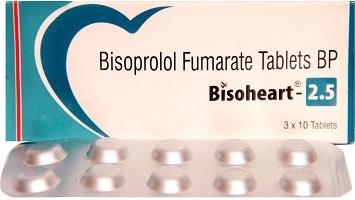
Bisoprolol API Market Overview
Bisoprolol fumarate API, the active ingredient in medications like Zebeta and Ziac for managing high blood pressure and heart failure, holds a crucial position in the pharmaceutical landscape. The global market for this API is poised for steady growth, projected to reach USD 1.2 billion by 2030 with a CAGR of 5.3%.
Fueling this growth are several key factors:
- Soaring prevalence of cardiovascular diseases: As aging populations, unhealthy lifestyles, and urbanization escalate, the number of people with high blood pressure and heart failure continues to rise, creating a continuous demand for effective treatments like bisoprolol.
- The generic advantage: With healthcare costs constantly climbing, the affordability of generic medications like bisoprolol compared to brand names makes them a preferred choice for many patients and healthcare systems.
- Mounting awareness of bisoprolol’s benefits: Years of clinical use and research have solidified bisoprolol’s position as a safe and effective medication, leading to growing recognition among healthcare professionals and patients alike.
However, the path is not without its hurdles:
Bisoprolol faces stiff competition from other beta-blocker medications vying for market share, each with its own strengths and weaknesses. On the other hand, the development and manufacturing of pharmaceutical products are subject to rigorous regulatory requirements, impacting costs and timelines for market entry. Expiring patents for bisoprolol could open the doors for more generic manufacturers, potentially intensifying competition and impacting pricing.
Despite these challenges, the market exhibits several positive developments:
- Strategic expansion by key players: Leading manufacturers like Piramal Enterprises and Ipca Laboratories are actively expanding their production capacities and geographical reach to cater to the growing demand.
- Focus on innovation: Research and development efforts are ongoing to explore new formulations and delivery methods for bisoprolol, aiming to enhance its efficacy and patient adherence.
- Emerging markets hold promise: Regions like Asia Pacific, with their rapidly growing populations and increasing healthcare awareness, are expected to witness significant market expansion for bisoprolol API.

Bisoprolol API Production and Supply Chain
The journey of Bisoprolol API, from its initial synthesis to its final form in medication tablets, involves a complex and meticulous supply chain. Here’s a glimpse into the key stages:
1. Raw Material Sourcing:
The journey begins with sourcing high-quality starting materials like chiral intermediates and solvents, adhering to stringent quality control standards.
2. Chemical Synthesis:
Multi-step organic synthesis processes, carefully monitored and controlled, transform raw materials into pure Bisoprolol API. Advanced reactors and purification techniques ensure consistent quality and meet regulatory requirements.
3. Crystallization and Filtration:
Crystallization purifies the API further, followed by filtration to remove impurities and residual solvents.
4. Drying and Packaging:
The API is carefully dried under controlled conditions to ensure stability and prevent moisture absorption. It is then packaged in sealed, sterile containers adhering to Good Manufacturing Practices (GMP) regulations.
5. Quality Control and Regulatory Approvals:
Rigorous quality control testing occurs at every stage to ensure purity, potency, and safety, complying with pharmacopeia standards. Regulatory authorities scrutinize manufacturing processes and product quality before granting approval for market access.
6. Distribution and Logistics:
The API is transported through a temperature-controlled supply chain to ensure its integrity. Distributors and wholesalers play a crucial role in delivering the API to pharmaceutical manufacturers.
7. Formulation and Medication Production:
Pharmaceutical manufacturers combine the API with excipients like fillers and binders to create tablets, capsules, or other dosage forms. These medications undergo further quality control testing and packaging before reaching pharmacies and patients.
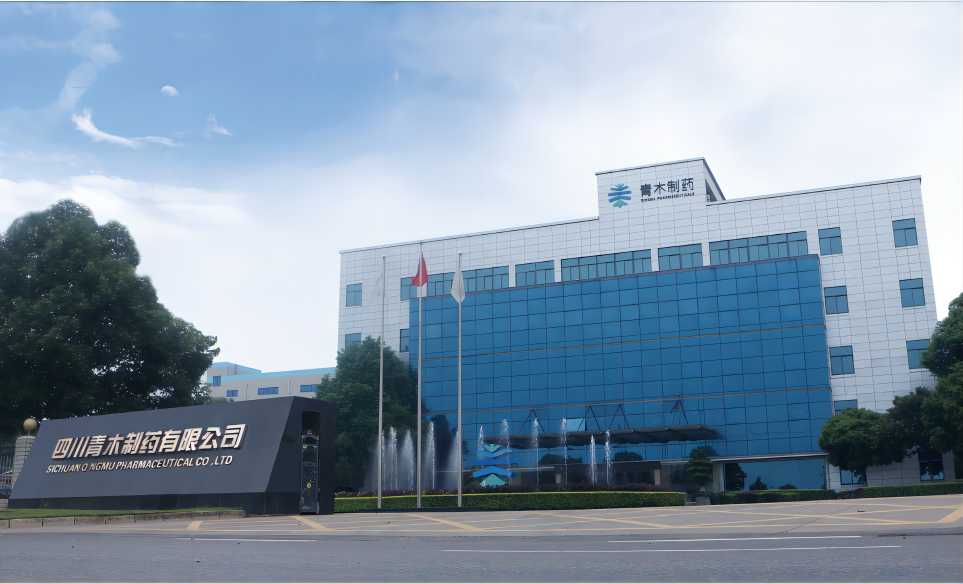
Our Manufacturing and Supply Assurance on Bisoprolol API
At Qingmu, We formed our unique quality system. We focus on business in regulated markets, we were inspected and approved by the US FDA and Chinese NMPA, and also approved by customer audits from China, Europe, the USA, Japan, etc.
We manufacture Bisoprolol API in our own factory, which has been approved in China(DMF filed and listed on CDE’s website), and also got the CEP certificate in EDQM and filed in Japan PMDA, DMF in CTD format is available and can be supported for registration worldwide.
Our commitment to supply assurance extends beyond manufacturing to encompass robust supply chain management practices, ensuring timely delivery and uninterrupted availability of Bisoprolol API to our valued customers worldwide. Through continuous investment in research and development and strategic partnerships, we strive to enhance our manufacturing capabilities and expand our product portfolio to address the evolving needs of the pharmaceutical industry.
To know more about how we can meet your Bisoprolol fumarate requirements please contact our service team.

